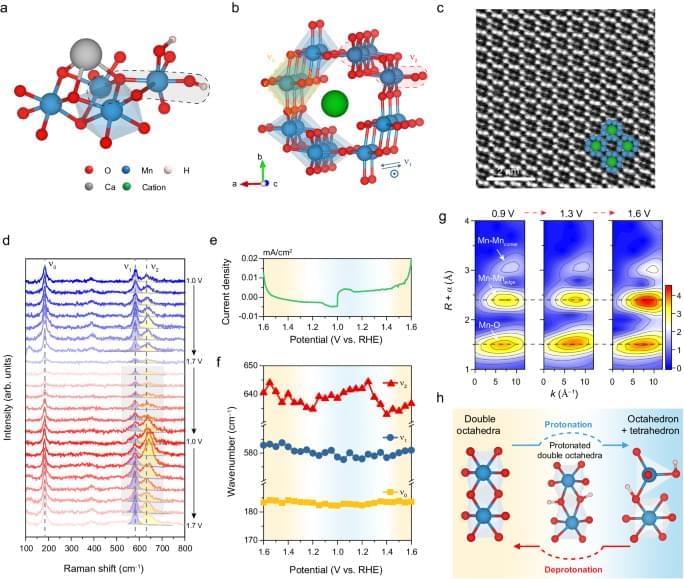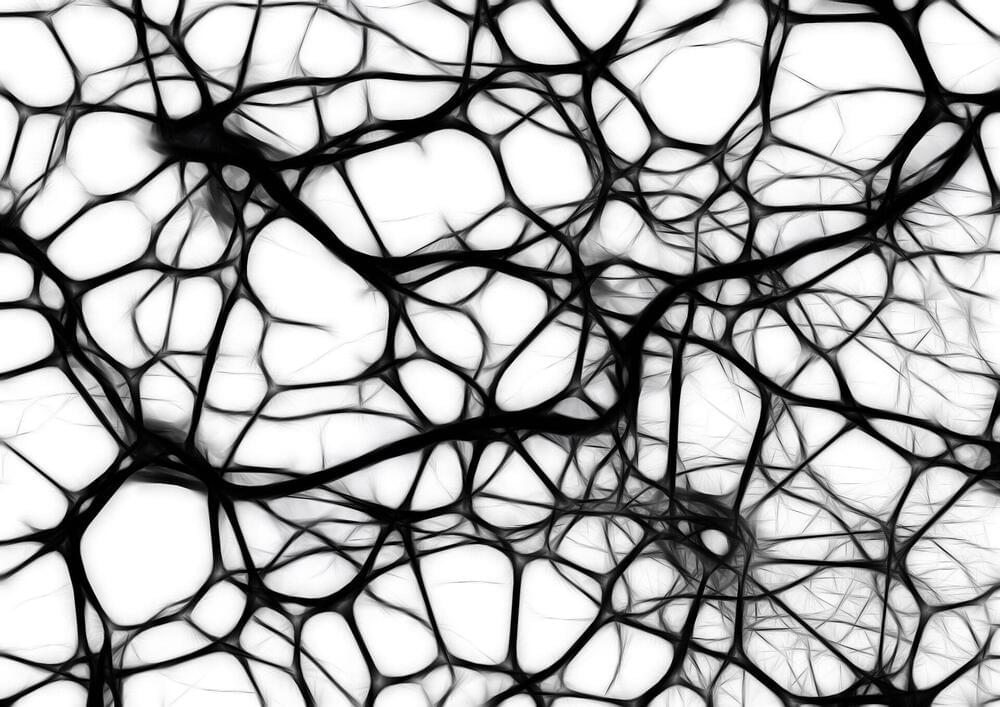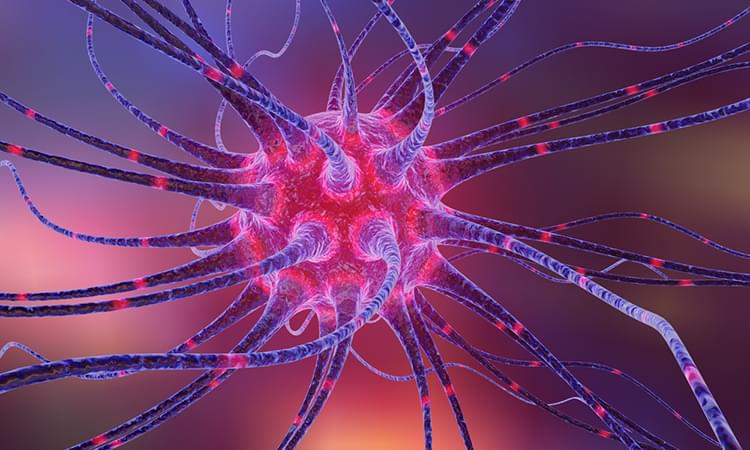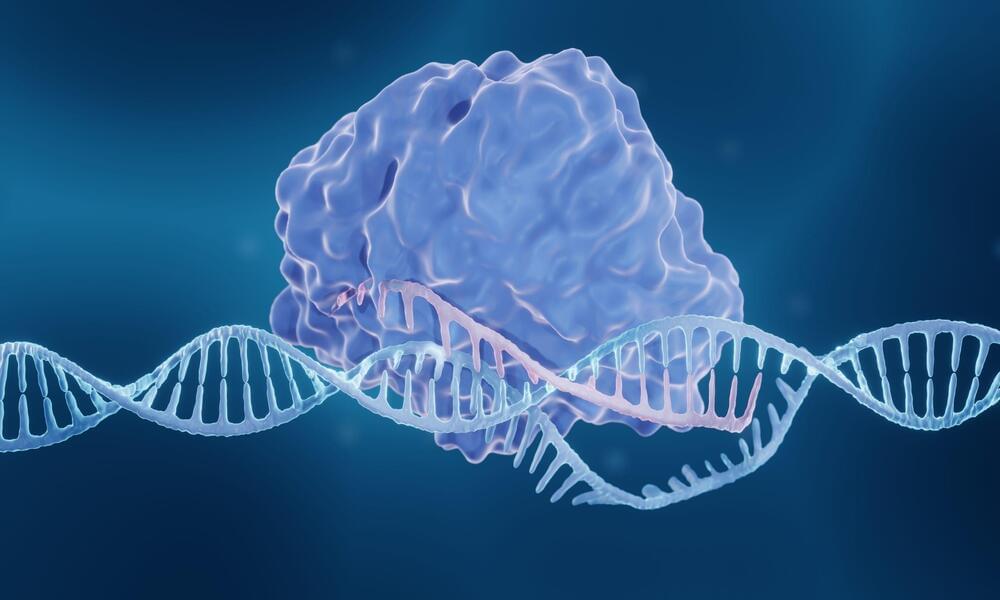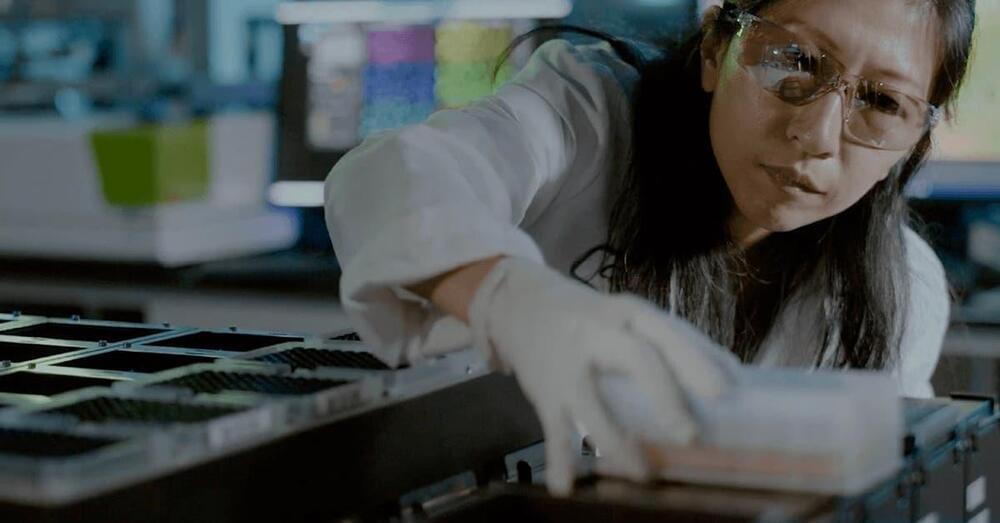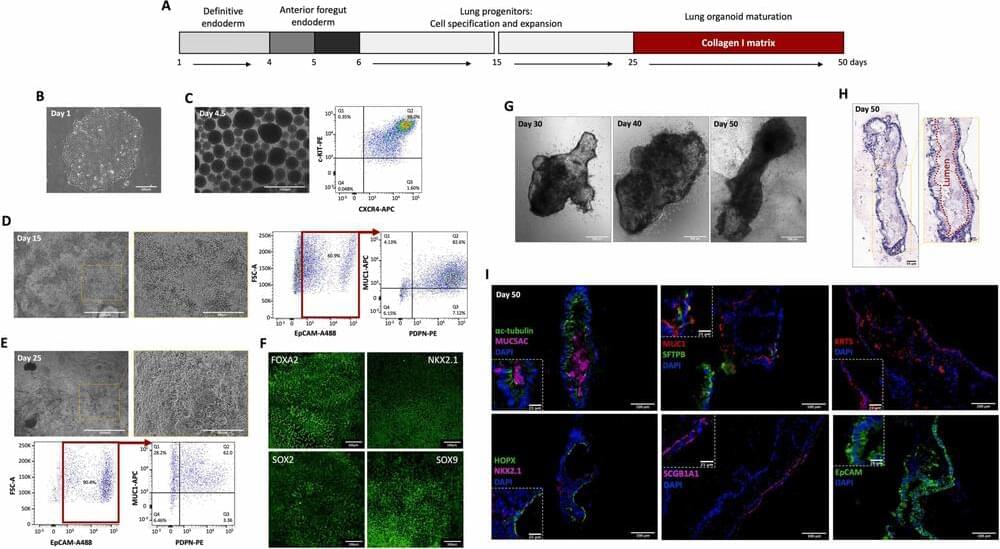Manganese complexes have long been utilized by nature to catalyze the oxygen evolution reaction (OER) but mirroring their efficiency in artificial electrochemical systems has proven difficult. This study centers on alpha-manganese dioxide (α-MnO2), which closely mimics natural MnIV-O-MnIII-HxO motifs, presenting a novel method for manipulating proton coupling within the OER process using an external electric field.
An international collaborative research team, including scientists from UQ’s Queensland Brain Institute (QBI), has discovered a novel mechanism underlying memory involving rapid changes in a specific DNA structure.
News stories, articles and whitepapers referencing Queensland Brain Institute on Drug Target Review.
CRISPR has transformed gene editing, but still presents challenges in hard-to-transfect cells, such as pluripotent stem cells and primary cells.1 The key to obtaining successful transfection in these cells lies in innovative workflows. Here Georges Müller, CEO and cofounder of SEED Biosciences, shares his perspective on why focusing on editing a single cell, rather than bulk cells, is a pivotal strategy to optimise CRISPR delivery.
Delivery of ribonucleoprotein (RNP) into cells is an essential factor for successful CRISPR gene editing. However, this is difficult to guarantee using traditional CRISPR gene editing methods, especially in hard-to-transfect cells. The standard CRISPR technique involves gathering a group of cells and then electroporating them, using short high-voltage pulses to overcome the barrier of their cell membranes. This allows bulk transfection of ribonucleoprotein (RNP) into the cells and then hopefully, nuclear translocation.
In this special episode, we’re joined by Cytosurge CSO Tobias Beyer, Ph.D., and SEED Biosciences CEO and Co-Founder Georges Muller, Ph.D., for an overview of gene editing with Cytosurge’s FluidFM® in combination with DispenCell™ dispensing technologies.
Tobias and Georges explain the FluidFM® technique and how it differs from traditional CRISPR methods along with the advantages the technology has over other methods of gene editing.
For a transcript of this episode, please visit this episode’s page on Buzzsprout.
Molecular Devices
Posted in futurism
We are one of the leading providers of high-performance bioanalytical measurement solutions for life science research, pharmaceutical and biotherapeutic development. Our products enable scientists to improve productivity and efficiency in scientific disco.
SpaceX is preparing for upcoming Starship launches and is working on upgrading launch support infrastructure, but still needs FAA approval for the new launch schedule.
Questions to inspire discussion.
What upgrades is SpaceX making to the Starship launch support infrastructure?
—SpaceX is repairing and upgrading the infrastructure to improve vehicle landing, engine burn control, booster landing, heat shield tile security, and re-entry roll issues.
To save on fuel and reduce aircraft emissions, engineers are looking to build lighter, stronger airplanes out of advanced composites. These engineered materials are made from high-performance fibers that are embedded in polymer sheets. The sheets can be stacked and pressed into one multilayered material and made into extremely lightweight and durable structures.
Human mini-lungs grown by University of Manchester scientists can mimic the response of animals when exposed to certain nanomaterials. The study is published in Nano Today.
Quantum dots are already moving in the premium display category, particularly through QD-OLED TVs and monitors. The next step could be QDEL, short for “quantum dot electroluminescent,” also known as NanoLED, screens. Not to be confused with the QLED (quantum light emitting diode) tech already available in TVs, QDEL displays don’t have a backlight. Instead, the quantum dots are the light source. The expected result is displays with wider color spaces than today’s QD-OLEDs (quantum dot OLEDs) that are also brighter, more affordable, and resistant to burn-in.
It seems like QDEL is being eyed as one of the most potentially influential developments for consumer displays over the next two years.
If you’re into high-end display tech, QDEL should be on your radar.
